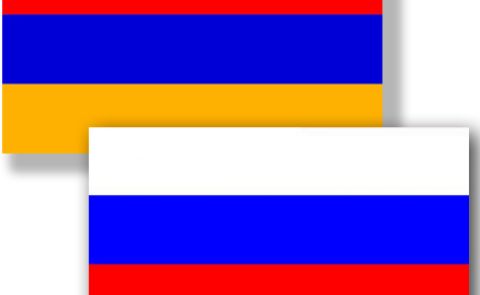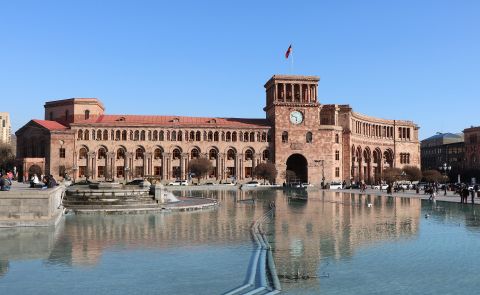
The Uneasy Task of Walking a Tightrope: Iran and Challenges of the Armenian-Azerbaijani Conflict
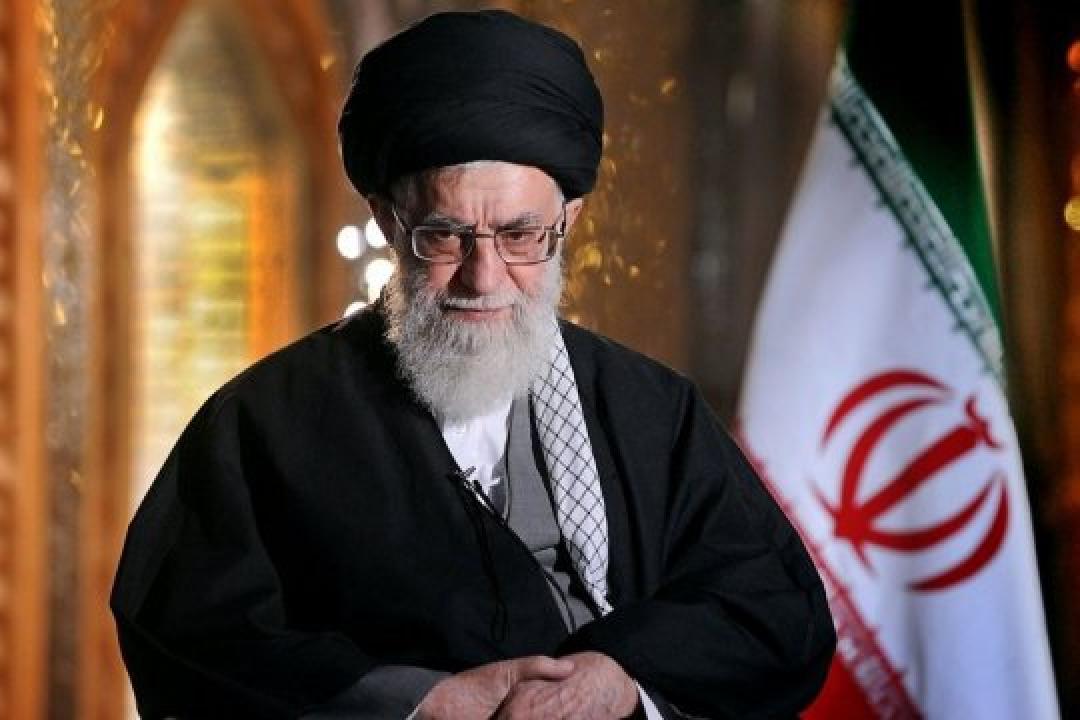
Ever since the breakup of the Soviet Union, Iran has had to face the consequences of the ongoing Armenian-Azerbaijani conflict next to its northern confines. Tehran’s task in handling the conflict both during and after its active phase (1991-1994) has been incredibly complex as it had to face challenges of both a foreign and domestic political nature. This was pointed to by Iran’s Deputy Foreign Minister Mahmud Va’ezi who in March 1992 maintained that internal considerations constitute a major factor in Tehran’s policy towards the Nagorno-Karabakh conflict.
During the war period Iran voiced support for the territorial integrity of Azerbaijan (e.g. Iran's Foreign Minister Ali Akbar Velayati declaring in December 1993).
However, Iran’s realistic state interests require a more balanced approach, especially in view of Azerbaijan’s policies, which actively cooperates with Tehran’s major rivals and comes up with claims of irredentist nature.
In all of this Iran has to consider the presence of the large Turkic-speaking Azerbaijani minority constituting, according to some estimates, up to 20-25% of the total population of Iran.
Tehran’s Foreign policy challenges in the South Caucasus in 1990s
During the active phase of the conflict in early 1990’s Tehran’s aim was to keep the conflict under control and minimize the risk of it spilling over into Iran.
Tehran’s repeated attempts at expanding its influence in the South Caucasus through mediating between Armenia and Azerbaijan failed because of systematic breaches of the cease-fire agreements and a certain amount of mistrust on the part of Baku to such Iranian undertakings. Iran also failed due to the Russian, European and US resistance to the perspective of an extended zone of Tehran’s influence.
Thus, in one instance in 1993 at the height of the Karabakh war Tehran had to abandon its symbolic presence in the Nakhijevan exclave at the Kremlin’s insistence.
The Azerbaijani military failures in the Karabakh war brought about a surge in ethnic Azeri and Shi’ite solidarities. Supreme Leader Ayatollah Khamenei, for instance, during a visit in Azerbaijan’s major city of Tabriz in July 1993 harshly criticized Armenia and Karabakh Armenians over “pressures on the Muslims of the region.”
In the same period a number of Iranian MPs with an Azerbaijani ethnic background denounced Armenian forces’ actions during the Karabakh war and urged Tehran to adopt a firmer stance towards Armenia.
On the grassroots level, reactions could be more radical. On May 25, 1992, for instance, around 200 students (according to some sources contrary to a prohibition by the authorities) held a rally at Tabriz University, chanting “Death to Armenia” and accusing Tehran for the “silence of the Muslims” in the face of the Armenian “criminal activities.”
Azeri-language media in Iran soon became very involved in the conflict, at times, such as during the spring of 1994 calling for Turkey’s involvement on the Azerbaijani side.
War leaves discourse stays
Due to inaccessibility of field research on this matter in Iran and Azerbaijan we cannot have an adequate picture of the general feeling of the population towards Armenia however, we can witness some elements of a more public display.
One instance is the notorious “Cockroach Scandal” in 2006 when thousands of protesters took to the streets of several major cities in northern Iran, expressing their indignation at a Farsi-language paper’s cartoon, which according to a far-fetched interpretation, mocked the Azeri Turkic language. Among a number of Pan-Turkic, anti-Persian and even anti-Iranian slogans by some protesters, an occasional anti-Armenian "Death to Armenians!" was spotted.
Ethnic solidarity displays were present in abundance during and after the Armenian-Azerbaijani flare-up in April 2016, also known as the Four-Day War.
Days after the end of hostilities on 6 April 2016 Tabriz-based fans of the local Tractor Sazi FC, the most popular team among ethnic Azeris, chanted slogans such as “Karabakh is ours and will be ours” before and after the match.
Some high-ranking local officials followed the suit. Weeks after the conflict flare-up, the local Sahand TV channel covering East Azerbaijan showed on 23 May Ayatollah Mohsen Mojtahed Shabestari, the representative of the Supreme Leader Ayatollah Khamenei in the province, at a meeting with a group of members of religious and cultural NGOs from the Azerbaijani Republic saying “Nagorno-Karabakh is a part of Azerbaijan and belongs to Islam.”
Interestingly, the same person back in 2015 in the wake of the violent clashes between Shi’ite religious activists and police in Azerbaijan’s Nardaran town had urged to stop “pressuring the people” of the town, threatening with a “revision” of bilateral relations. Even earlier in May 1996 during a prayer in Tabriz he reportedly had said: “If there is any talk of unification of the two Azerbaijans, it is they who should come back to Iran” then going on denouncing enemy “agents … spreading secessionist sentiments” in the region and calling Pan-Turkic claims as “satanic plots.”
The last point brings us to the thought that anti-Armenian or pro-Azerbaijani sentiments do not necessarily mean a full solidarity with the authorities of Azerbaijan and that on the level of elites and ideologies Iran and Azerbaijan could be at odds.
Schizophrenia or freedom of expression of hatred?
The experience of the 1990s and the following years showed that the Armenian-Azerbaijani conflict is a serious threat to Iran’s internal stability due to its potential of galvanizing Azerbaijani nationalism.
While apparently not in a position to suppress cross-border solidarities, Tehran at least tries to control and channel them into its own political discourse as much as possible.
On the level of media, the observable Iranian policies which can be defined as “freedom of the expression of hate” might look puzzling and contradictory, even schizophrenic, but if we consider the above-mentioned circumstances, they become understandable.
The rules of that game are simple – you can heavily criticize Armenian or Azerbaijani, occasionally Turkish governments, but one cannot spread hate speech towards the Armenian or Azeri dual citizens.
Comparing the content of the two influential Armenian/Farsi Alike online paper and the Azerbaijani/Farsi qafqaz.ir website one sees that while both have diametrically opposed positions on the Karabakh conflict, still both criticize Yerevan or Baku for their real or perceived support of the “Zionist regime.”
Both of those media outlets are registered in Tehran and it is beyond doubt that their mutually exclusive content is sanctioned by official Tehran.
A glimpse into the forbidden realm
Iranian authorities seem to be vigilant in their attempts to prevent interethnic tensions or at least their public manifestations, so it is hard for a researcher to find any, even if indirect indications of the existence of such.
Some sources, like Brenda Shaffer claimed, based on a conversation with an unnamed Armenian official that during the Karabakh war some local Azerbaijanis “prompted by the conflict in Karabakh, made threats against Armenians in Iran”, without further elaboration (Brenda Shaffer, Borders and brethren: Iran and the challenge of Azerbaijani identity, Harvard University, Cambridge, MA, 2002).
A more recent example of this was the interview by the Armenian Hetq.am news agency in August 2019 with Bishop Grigor Chitchian of the Armenian Apostolic Church, stationed in Tabriz. In his cautiously worded replies, Rev. Chitchian said that the situation got tense in Tabriz following the recent visit by Armenian Prime Minister Nikol Pashinyan and his meeting with the local Armenian community in Tehran when a large banner on the wall of the meeting hall read as “Artsakh (Karabakh) is Armenia, full stop!”
He also recalled a critical situation when a group of local Azerbaijanis prevented violence by an angry mob against the local Armenian bishopric premises. The mob formed after the previous Armenian Bishop of Tabriz in December 2005 recorded a video from the Iranian side of the border of the destruction and desecration of the major Armenian historical cemetery by Azerbaijani authorities in Old Jugha/Julfa in the Nakhijevan exclave. Yet he stopped short of accusing local Azerbaijanis of any violent acts. “Our problem is with those who come from Baku, Nakhijevan […] who make a mess here,” he said as quoted.
He also diplomatically dodged a question by the journalist asserting that the Iranian authorities increased “surveillance” on events hosted by Armenian community organizations and the church as well as individuals, saying that the minorities need “an eye kept on them”, which is better for their own safety.
These kinds of statements, not unique by the way, come to show that the issue of Azerbaijani identity and nationalism in Iran is still a largely open question. Even if there is currently tension between Tehran and the Turkic-speaking inhabitants of Azerbaijan, the problems are mainly focused on the issue of language. Yet the issue is not one to be ignored by the central authorities as the question of language potentially can form a backbone of a new national secular identity. Coupled with the growing “soft power” of neighboring Turkey and Azerbaijan over the sizable community and Baku’s claims of an irredentist character, this is a serious threat for the Iranian statehood – irrespective of its definition in religious or more secular terms.
Conclusion
While Iran’s policy towards the Nagorno-Karabakh conflict on the official level can be called “balanced” (at least this is how the Armenian officials characterize the neighboring country’s attitude) on the semi-official and non-official levels it can be called contradictory and even schizophrenic.
Currently Tehran follows a policy of brinkmanship and putting its best foot forwards in an attempt both to quell possible dissatisfaction of anti-Armenian factions, giving them as well as the Armenian community, the opportunity to speak out their grievances directed across the border. In the meantime, Tehran uses those channels for promoting its own anti-Western and anti-Israeli agendas.
It is questionable, however, if this is a long-term decision by the authorities as it can potentially fuel further nationalist discourse among the Iranian Azeri community, which can come up with further lists of grievances against perceived “pro-Armenian” policies of Tehran.
Contributed by Tigran Zakaryan, political analyst based in Armenia.
See Also


BP Plans Second Deep-Gas Production Well at Azeri-Chirag-Gunashli
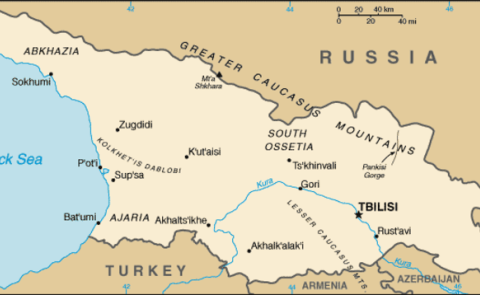
Separatist Abkhazia and Russia Reaffirm Strategic Partnership in Moscow Meeting
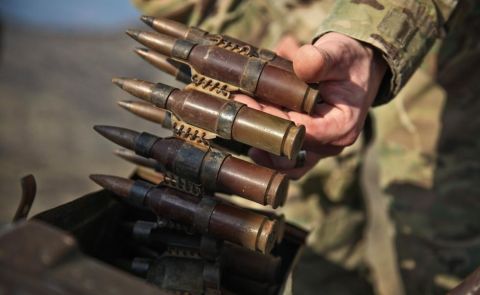
Weekly Brief on Military Situation in South Caucasus Countries (June 2–8, 2025)
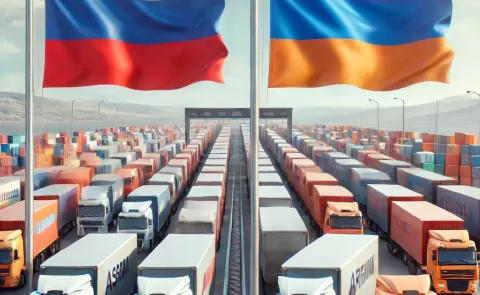
Armenia–Russia Trade Hits $12 Billion in 2024, Up 60%
